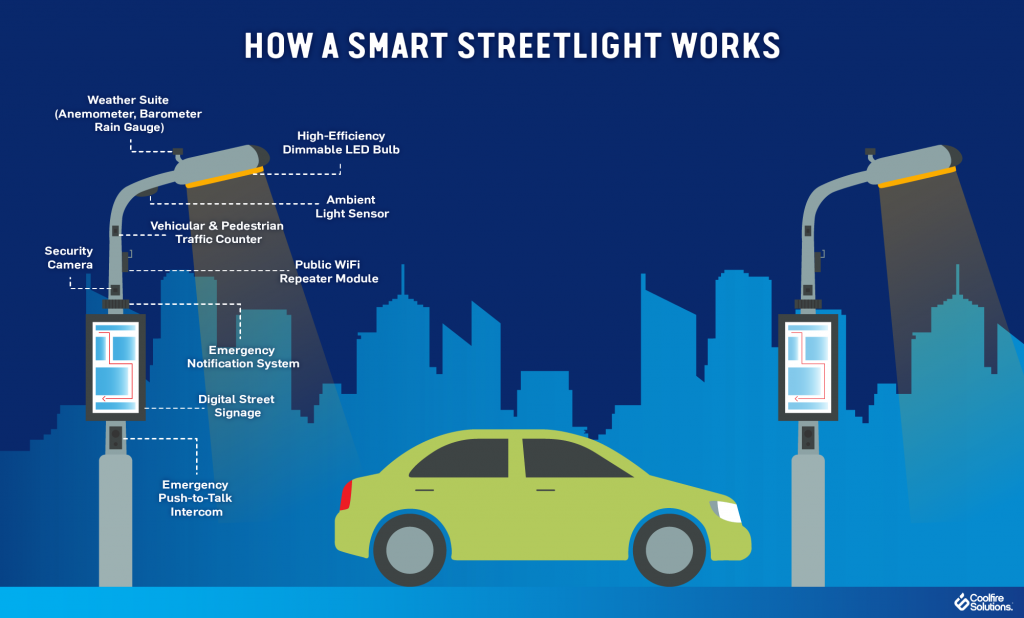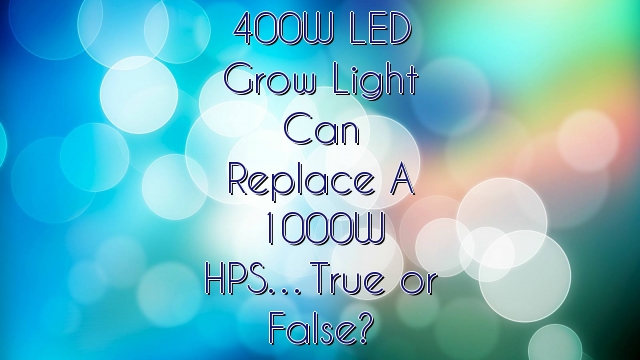Lighting oscillation characterized by flickering and sometimes shimmering between on and off is universally a bad experience – to consumers, lights should be either on or off. The human eye easily detects low-frequency oscillation in output light amplitude (intensity). Therefore, lighting designers must attempt to minimize any periodic disturbances below 2x the line frequency (< 100 Hz) to avoid unacceptable (detectable) variations in light output.
There is some confusion in the market over terms used to describe variations in light intensity, possibly not an entirely accidental state of affairs, so let’s look at what is acceptable and what is not.
Flicker is Not Acceptable – Flicker is a rapid light-dark oscillation of the light source at low frequency. In solid-state (LED) lighting, flicker is typically associated with the misfiring of a TRIAC dimmer when presented with a high-impedance LED driver (dimming will be described in another article). A consumer confronted with a flickering light source, will change that light source.
Shimmer is Sometimes Acceptable – Shimmer is a variation of the light output from a light source. It is also low frequency and varies between almost imperceptible and extremely obvious. Depending on the application and the proximity of other light sources, a certain amount of shimmer may be acceptable to the user.
Low Frequency Components Cause Shimmer and Flicker – All power supplies for solid-state lighting have a ripple component in the output current they deliver to drive the LEDs. Depending on the topology selected, this can be in the order of 1 percent to 100 percent (how ripple is measured will be described shortly). The frequency of the ripple typically comprises 120 Hz or 100 Hz (for 50 Hz AC line voltage regions) and a higher frequency component typically in the 30 kHz to 100 kHz region. It is worth noting that 100 percent ripple is not new in lighting. Low-pressure-sodium streetlights (the yellow ones) typically exhibit 100 percent output ripple as do several types of compact fluorescent tube lamps. Single-stage bulb drivers are by far the most widely used LED bulb drivers in the market today and typically have output ripple current in the order of 30 to 100 percent.
Figure 1. Typical output current and voltage waveforms for an LED driver
The Role of Frequency in Determining the Impact of Output Ripple – In describing flicker, shimmer and ripple, both amplitude and frequency were described. The frequency of the variation in light intensity is critical because the human eye is extremely sensitive to low frequency variations but quickly becomes insensitive to variations above 100 Hz. LED drivers are designed to eliminate very low frequency ripple, in the sub 100 Hz range. Asymmetric TRIAC operation in deep dimming is one example of a condition that can cause obvious shimmer when TRIAC dimming – it is readily noticeable because of its 50 or 60 Hz operating frequency.
100 Hz and 120 Hz ripple is not easily seen by most observers. Even so, various lighting standards and guidelines regulate output ripple in order to limit secondary (stroboscopic) effects and to further reduce the likelihood of noticeable shimmer. In addition, some LED manufacturers are reluctant to publish limits in the amplitude of the ripple current that their LEDs will tolerate. Very high ripple values can reduce the average current that an LED string can pass without exceeding maximum current limits – reducing the effectiveness of the LEDs and increasing cost.
How Ripple Current is Measured and Specified – While it is not a perfect match, the variation in light intensity provided by LEDs in a light source closely follows that of the current used to drive them.
LED-driver specifications typically describe the acceptable ripple as the ratio of peak-to-peak current as a percentage of the average current. Energy Star has opted to prescribe Flicker Index in its guidelines. Flicker Index is the ratio of the light output above and below the average in one cycle. Japan also has a limit for output ripple (the Denki-Youhin-Anzenhou – Safety requirement for Electrical equipment) that requires the minimum output current to be more than 5 percent from maximum output current; frequency of ripple must be ≥100 Hz. Japanese customers often opt for very low ripple current designs to meet the required specifications of local LED manufacturers.
How to Reduce Ripple Current – Increasing output capacitance will reduce ripple current but space is often limited and additional capacitance is expensive. Another alternative is to use a linear regulator that can smooth out the peaks in the ripple current. While this is extremely effective, the linear regulator components do add a cost burden and reduce the driver efficiency by up to 6 percent (see Table 1). Figure 2 shows an Active Ripple Current Filter (ARF).
Table 1. Active Ripple Current Filter (ARF) efficiency
Figure 2. ARF diagram
Active ripple reduction circuits can also be used – the LED driver detects and compensates for the reduction in output current associated with the rectified AC line cycle. These circuits can reduce ripple by a small amount without the bulk of electrolytic capacitors, but they significantly reduce power factor.
Wonderful Technicolor – Once the designer has managed to keep the lights on without variations in intensity, they next have to focus on the quality of the illumination provided. Features such as color temperature have some regional variability (Northern climates tend to prefer cooler colors), and the Color Rendering Index (CRI) becomes important, especially when the lighting environment is to be used to view something. We will look at the meaning of terms including Color temperature, CRI and MacAdam ellipsis next month in the second half of this article.




